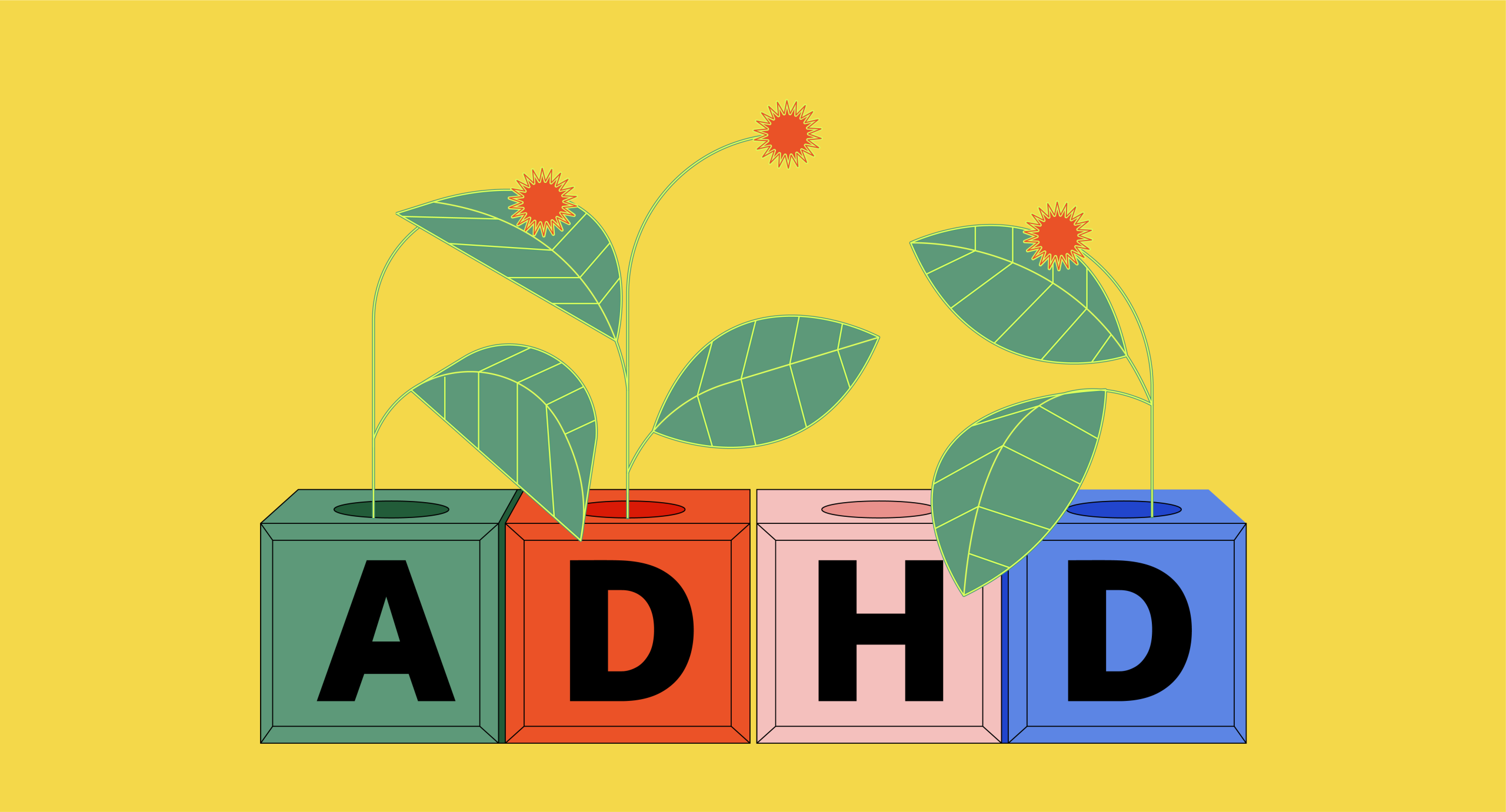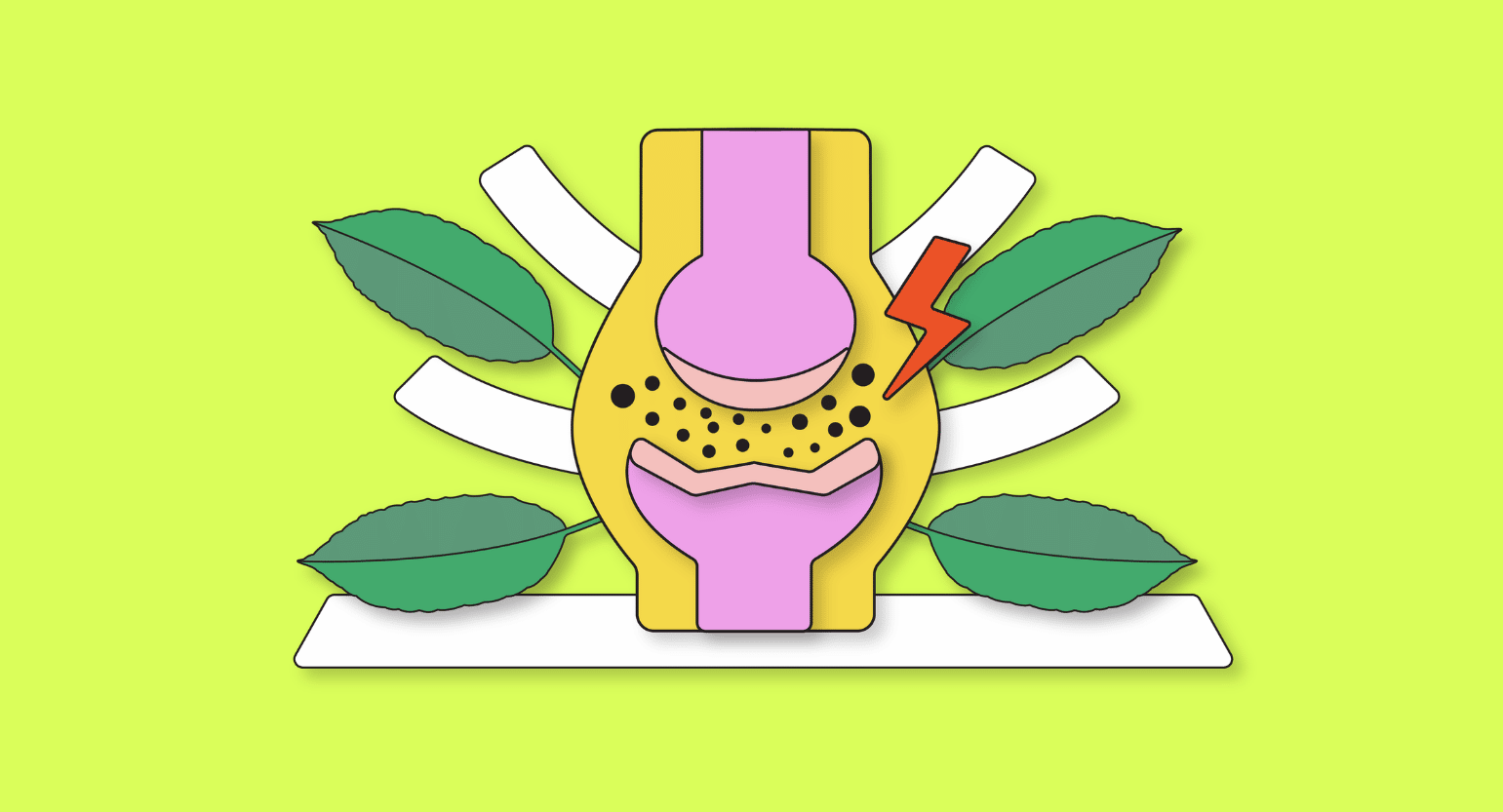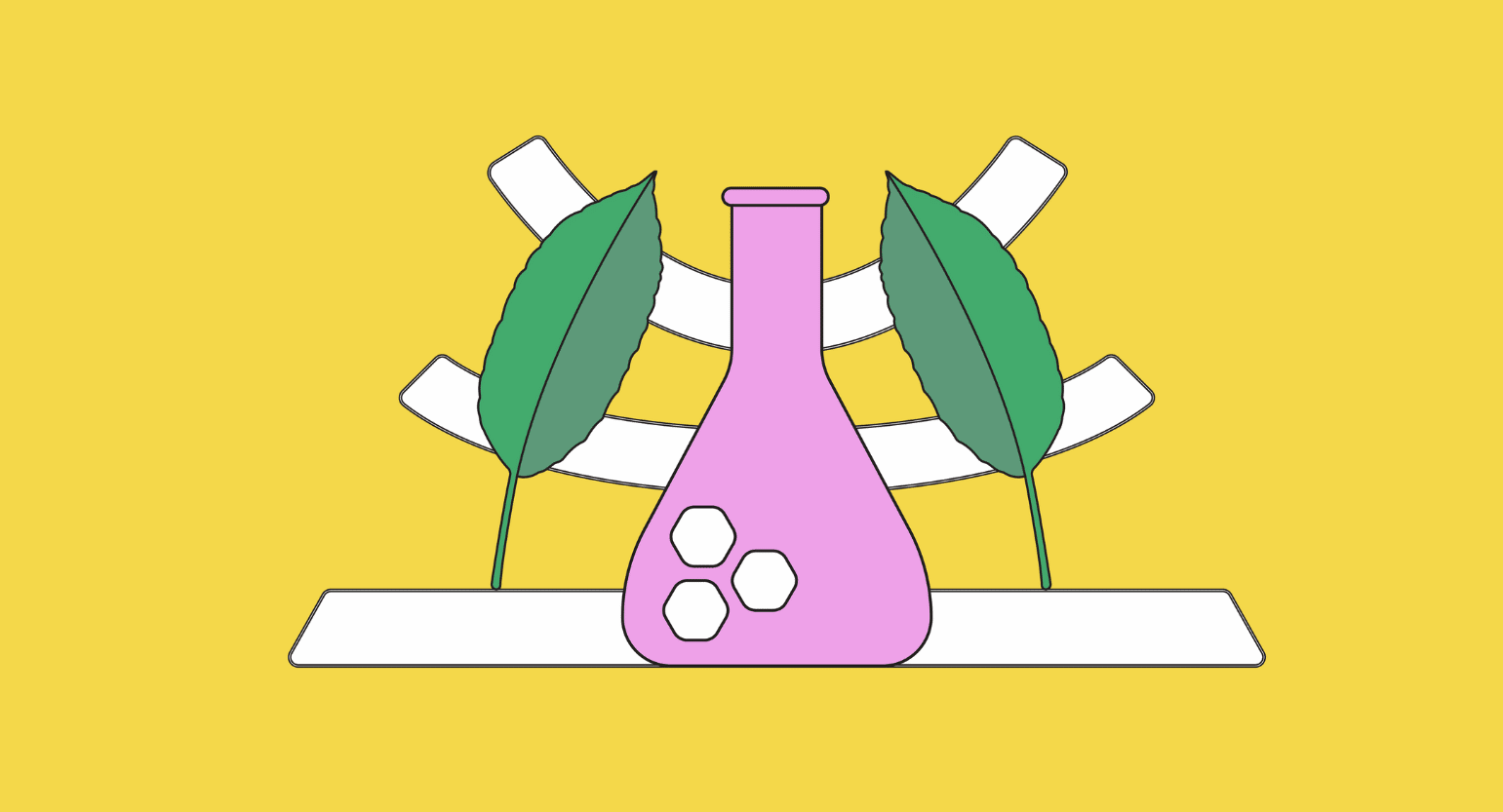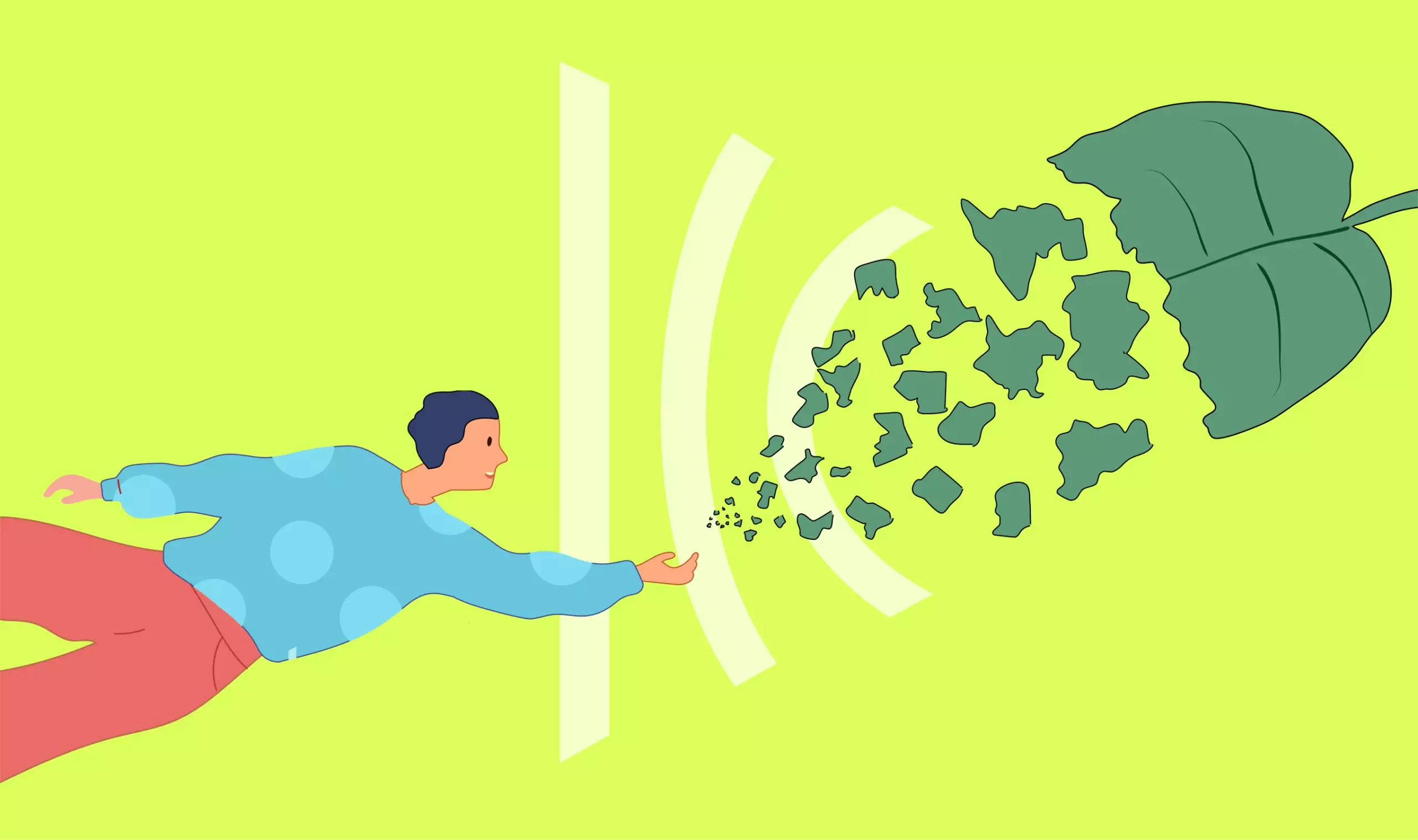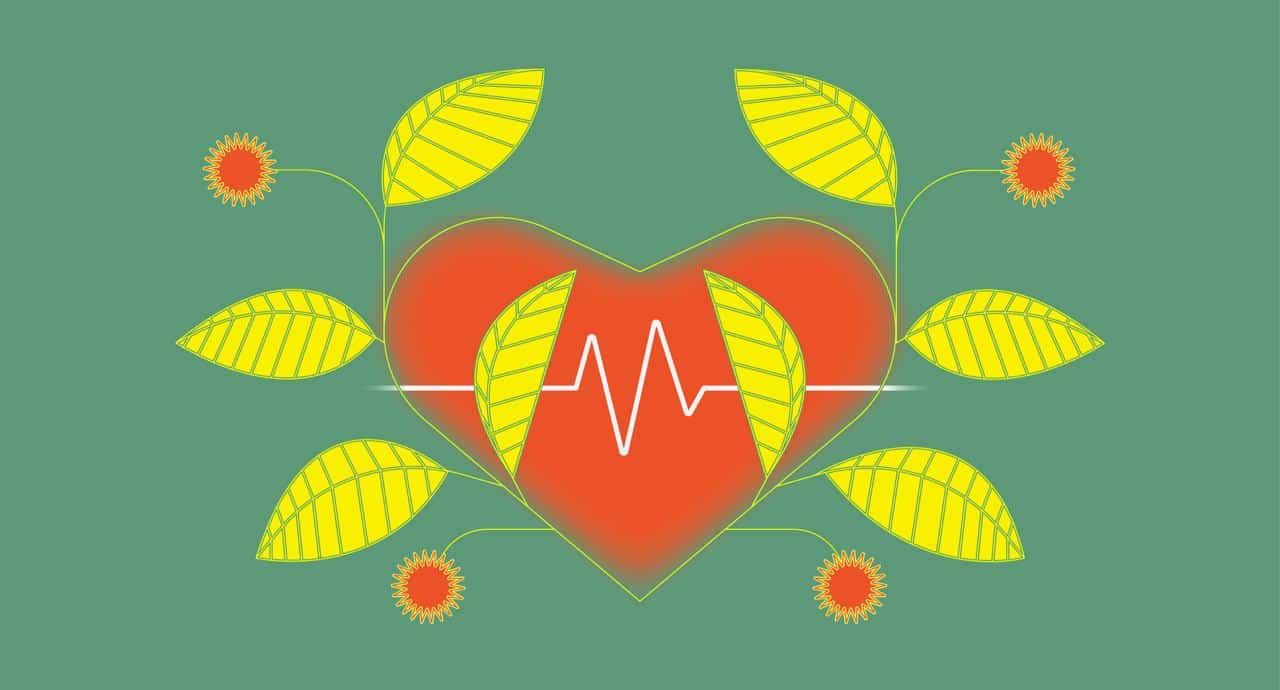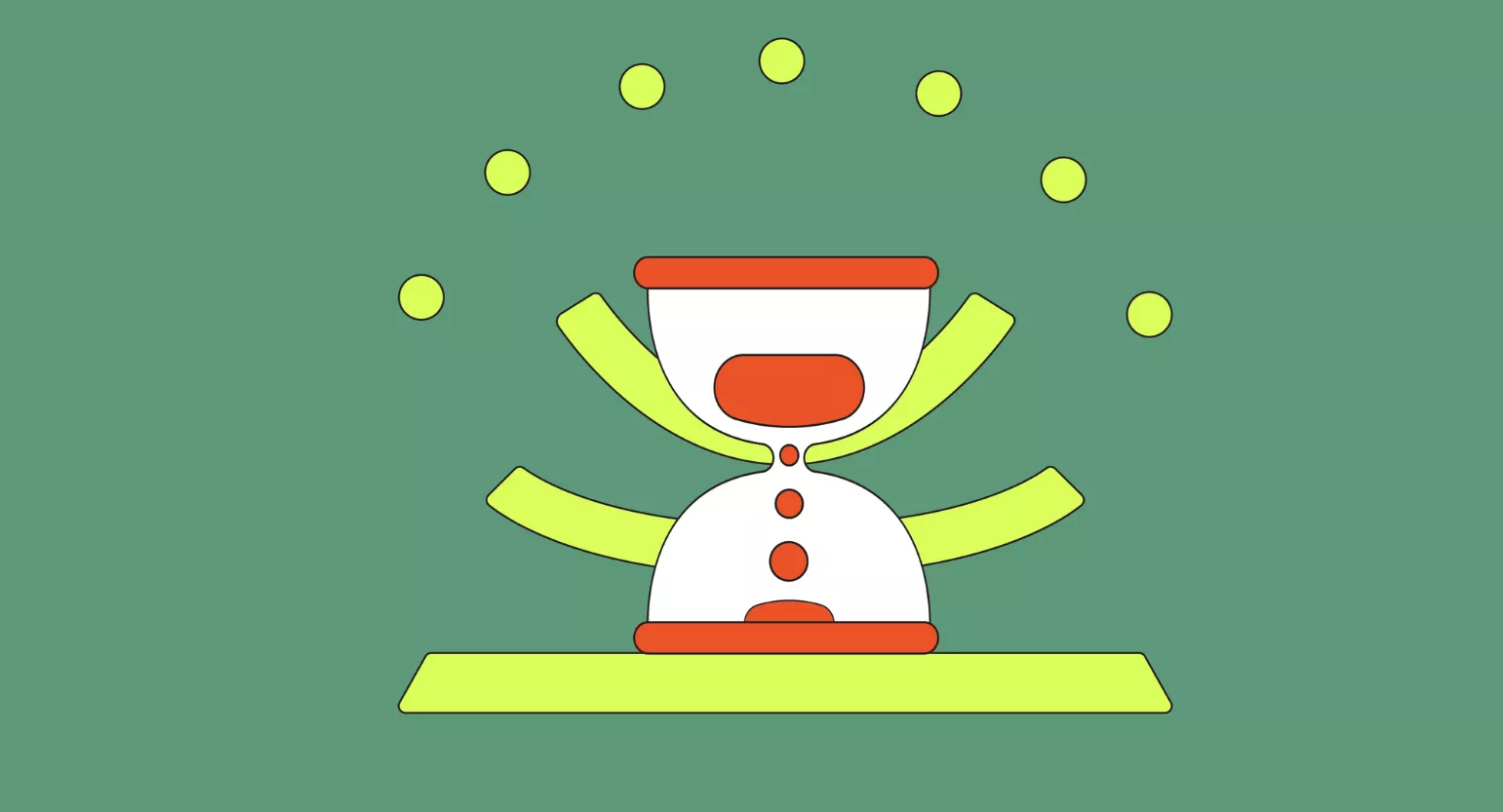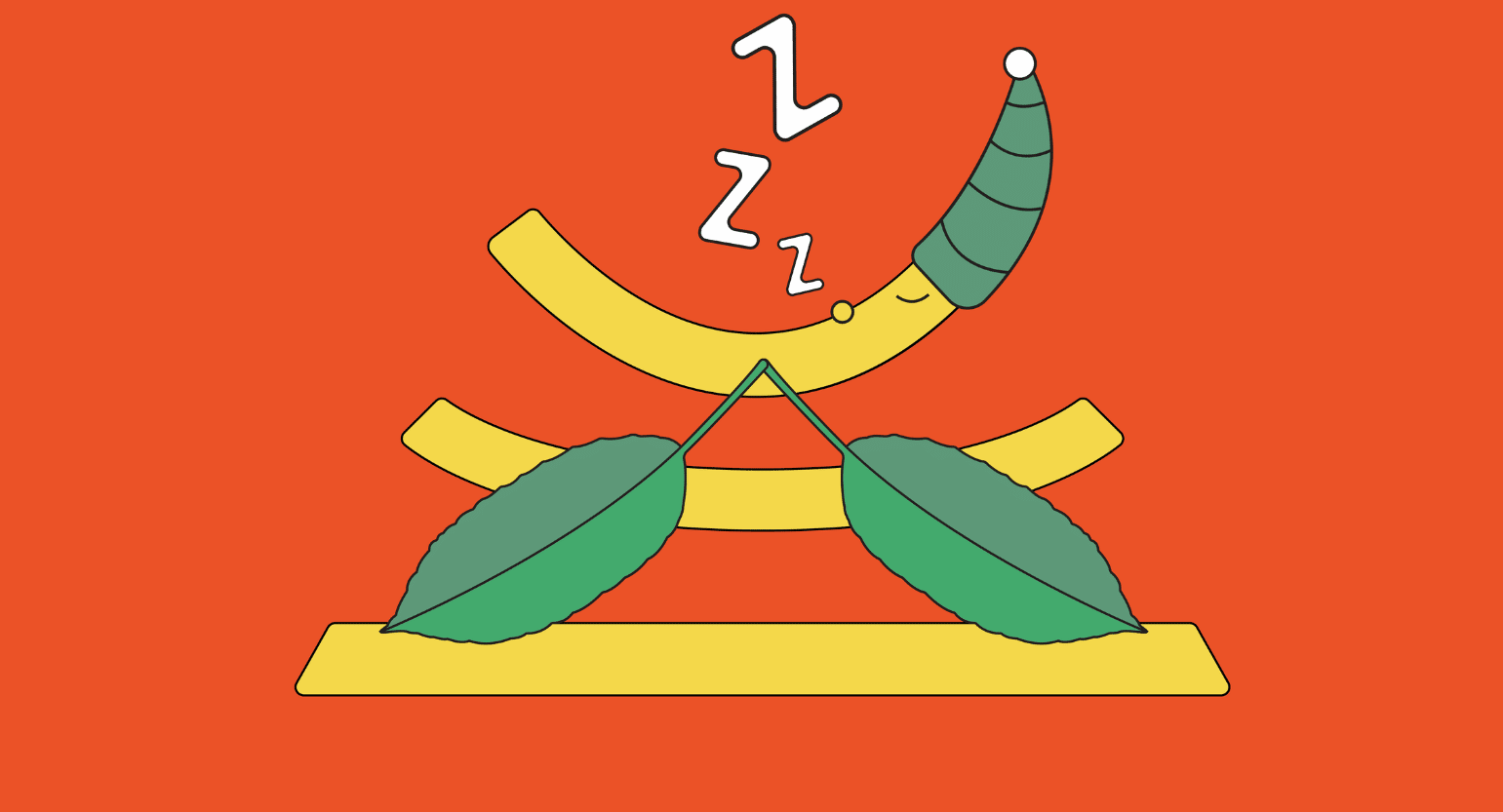What Is Kratom?
Kratom (Mitragyna speciosa) is a tree indigenous to Southeast Asia.
It’s available in raw powder form, capsules, tinctures, and concentrated extracts.
Kratom has two main effects depending on the dose used.
Lower doses are stimulating — useful for boosting energy and improving focus.
Higher doses are the exact opposite — offering sedative and relaxing benefits.
People use kratom to boost energy (coffee alternative), alleviate chronic pain, improve sleep, address anxiety or depression, mediate drug withdrawal symptoms, and support attention disorders.
Can Kratom Help With ADHD?
Yes, kratom is known to help minimize the symptoms of ADHD.
Certain strains of kratom increase focus and concentration and provide the user with a clear mind. Those with ADHD often find that kratom gives them the clarity they’re missing in their daily lives.
Kratom is a popular option for ADHD patients primarily because it provides focus without many life-altering or life-threatening side effects that come with prescription medicine.
While some adverse effects and risks are associated with kratom usage, which we discuss below, it’s often safer than medications like Adderall, Vyvanse, and Ritalin.
Kratom, Dopamine, & ADHD
There’s a link between ADHD and dopamine levels in the brain. According to scientific research on ADHD, individuals with this attention disorder have notably lower dopamine levels [1].
Dopamine is responsible for inter-brain communication and bodily movement, and this neurotransmitter’s instability can cause several severe issues, including ADHD, Parkinson’s, and schizophrenia.
Dopamine is a critical component in the “reward pathway” in the brain. When we do something that benefits us, dopamine gives us a dose of euphoria — which programs us to want to do the same action again.
This system becomes active in small bursts all day long. If dopamine levels are too low, we must seek out more stimulating activities to trigger this euphoric reaction. This is why people with ADHD lose attention so quickly and become fidgety. The brain is actively seeking out ways to stimulate this reward pathway.
Kratom can stimulate D1 receptors in the brain, which receive dopamine and play a vital role in the neurotransmitter’s usage and levels [2]. This causes a higher ambient level of dopamine in the brain — reducing the threshold for this euphoric response.
Kratom, Serotonin, & ADHD
Serotonin is another crucial neurotransmitter linked to ADHD symptoms — limited levels of this neurotransmitter can bring on ADHD symptoms [3].
Consuming kratom may increase serotonin absorption [4]. By stimulating serotonin receptors and boosting serotonin levels altogether, kratom can potentially reduce ADHD symptoms.
Can Children Use Kratom?
No. You should never administer kratom to a child without first speaking with your child’s pediatrician.
There’s still a lot we don’t know about the use of kratom and other stimulants in children. The general consensus is that kids shouldn’t be using kratom unless directly specified by a health professional.
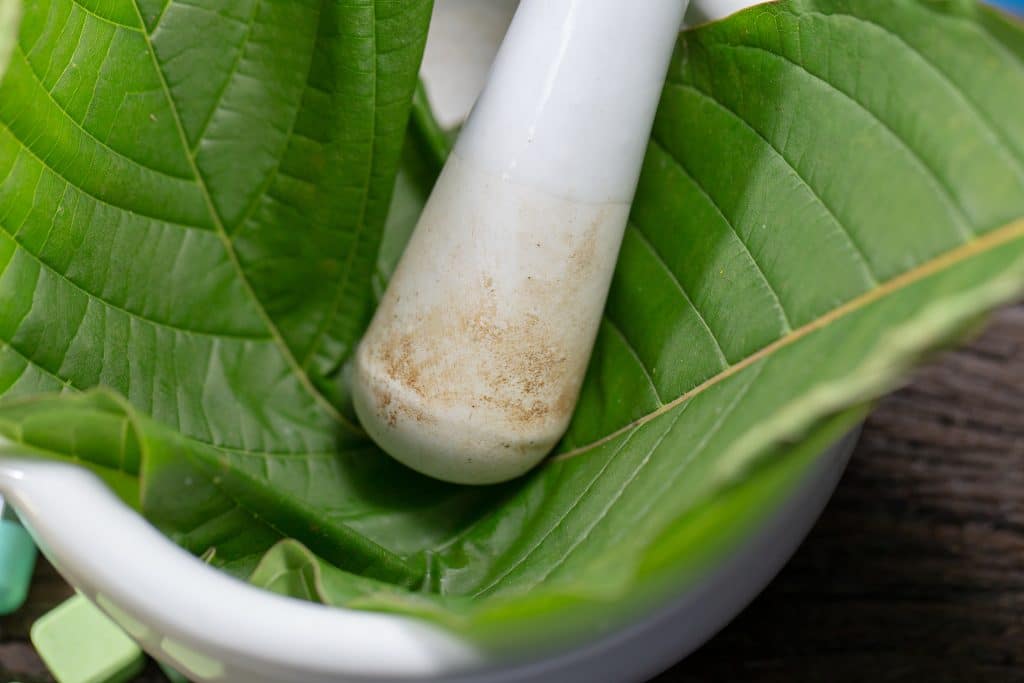
Best Kratom Strains For Focus & Concentration
ADHD patients interested in treating their symptoms with kratom need to choose the right strain. Not all kratom strains increase focus and concentration. In fact, some kratom strains might make ADHD symptoms worse.
White kratom strains are generally the best for treating ADHD, but some green strains can also work. Below are the best options for those suffering from attention deficit/hyperactivity disorder.

1. White Maeng Da Kratom
White Maeng Da kratom, sourced from Thailand, is one of the best for mood stimulation and focus.
This strain significantly boosts serotonin and dopamine levels and can act quickly to reduce ADHD symptoms in some patients.
As a white strain, this kratom also offers a bump in energy levels and has a nootropic effect. Users of White Maeng Da kratom find an increase in focus and attention, along with mental clarity and the ability to concentrate.
Unsurprisingly, White Maeng Da is one of the most popular kratom strains for treating ADHD.
→ Find This Strain on Star Kratom.

2. White Thai Kratom
As a white-vein kratom strain, White Thai kratom provides users with a significant boost in energy. In fact, many kratom users believe that White Thai kratom is among the most potent of the white-vein strains.
White Thai is also well-known for its nootropic effects, offering clarity of mind and the ability to focus intently. As such, this strain is a popular one for treating ADHD symptoms.
Additionally, White Thai kratom boosts both serotonin and dopamine, offering a euphoric experience for most users.
→ Find This Strain on Kona Kratom.

3. Green Maeng Da Kratom
Green Maeng Da kratom is an excellent option for those suffering from ADHD symptoms, primarily because of its nootropic effects. Users of Green Maeng Da enjoy a clear mind and the ability to concentrate on the tasks at hand. Green Maeng Da also provides a boost in energy, further aiding the ability to focus.
Many kratom users consume Green Maeng Da to improve their mood because it stimulates serotonin and dopamine receptors in the brain. Since low levels of these neurotransmitters might be responsible for ADHD symptoms, this kratom strain is ideal for limiting them.
→ Find This Strain on VIP Kratom.
Risks of Using Kratom for ADHD: Potential Side Effects
There is some potential for adverse side effects when taking kratom to treat ADHD symptoms.
First and most importantly, kratom can be addictive, so it needs to be taken sparingly or with frequent breaks.
Other negative side effects of kratom may include:
- Anxiety
- Constipation
- Dizziness
- Fogginess
- Headaches
- Low energy
- Nausea
Most of these symptoms are related to overly large doses or improper and frequent consumption, so the best way to limit side effects is to take kratom responsibly.
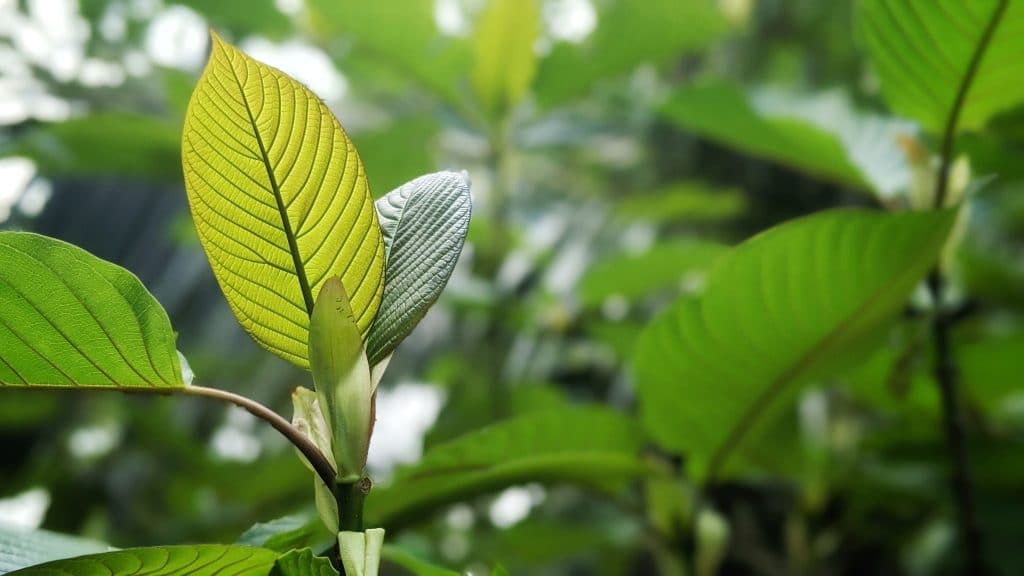
Is it Safe to Take Kratom With ADHD Medications?
Many patients already taking ADHD medications wonder if it’s safe to take kratom and their prescription together. Unfortunately, this is generally not recommended.
ADHD medications and certain strains of kratom are both stimulants, boosting dopamine, noradrenaline, and serotonin levels. Taking them together can potentially be dangerous and even more habit-forming than taking one or the other by itself.
ADHD medications have a high chance of producing side effects. Mixing ADHD meds with other stimulants, like kratom, could further increase the chances of experiencing side effects.
You should speak to your doctor before using kratom to see if it has the potential to interact negatively with your current prescriptions.
Kratom vs. Adderall for ADHD: Which Is Better?
Both kratom and Adderall can improve cognitive function with nootropic effects, allowing users to focus and concentrate on tasks and instructions.
Kratom works by interacting with dopamine, serotonin, noradrenaline, and various other neurotransmitters. Its stimulating effects are weaker and shorter-lived than Adderall, but it’s much less likely to lead to serious side effects. You don’t need a prescription to buy kratom.
Adderall is a prescription medication administered by doctors to treat attention deficit disorders.
Comparing kratom & Adderall:
| 🍃 Kratom | 💊 Adderall | |
| Availability | Unrestricted | Prescription-Only |
| Natural or Synthetic | Natural | Synthetic |
| Active Ingredient | Dextroamphetamine | Mitragynine, 7-hydroxy-mitragynine, & other plant-derived alkaloids |
| Indications | Anxiety, depression, opiate withdrawal, high blood pressure, and diarrhea | ADHD and Narcolepsy |
| Dose Range | 2.5-10 grams per day | 5-60 mg per day |
| Common Side Effects | Constipation, loss of appetite, insomnia, and weight loss | Dry mouth, loss of appetite, nausea, stomach pain, diarrhea, fever, and insomnia |
| Level of Risk | Low–Moderate | High |
| Risk of Addiction | Low–Moderate | High |
Kratom vs. Vyvanse For ADHD: Which One Is Better?
Vyvanse is another prescription ADHD medication that boosts focus and concentration, just like Adderall. Kratom and Vyvanse share some similarities in their ability to stimulate dopamine and improve focus.
Some people who find Adderall too stimulating will turn to Vyvanse instead, but the effects are more or less identical.
For some ADHD patients, kratom is a better option than Vyvanse, as it generally comes with fewer side effects if used correctly and still provides the cognitive boost they need.
Comparing Vyvanse & Kratom:
| 🍃 Kratom | 💊 Vyvanse | |
| Availability | Unrestricted | Prescription-Only |
| Natural or Synthetic? | Natural | Synthetic |
| Active Ingredient | Mitragynine, 7-hydroxy-mitragynine, & other plant-derived alkaloids | D-Amphetamine |
| Indications | Boost energy & focus, chronic pain, opiate withdrawal, anxiety, & sleep | ADHD & BED |
| Dosage | 2-12 grams per day | 30-70 mg per day |
| Common Side Effects | Nausea, vomiting, lethargy, dizziness, anxiety, brain fog, constipation | Dry mouth, insomnia, abdominal pain, suppressed growth, decreased weight, irritability, plus others |
| Level of Risk | Low-Moderate | High |
| Risk of Addiction | Moderate | High |
| Cost | $10 – $20 an ounce (~30 grams) | $350-$450 for thirty 40 mg capsules |
Kratom vs. Modafinil: Which One Is Better?
Modafinil isn’t an ADHD medication, but many people are using it off-label to help manage the condition. It works by stimulating noradrenaline and other stimulating neurotransmitters in the brain. It essentially forces the brain into a waking state so users can work or study longer and later.
The stimulating effects of kratom are more similar to the effects of modafinil than it is to ADHD medications like Vyvanse or Adderall.
Given the similarity in the effects of these substances, kratom and modafinil should never be used at the same time.
Comparing Modafinil & Kratom:
| 🍃 Kratom | 💊 Modafinil | |
| Availability | Unrestricted | Prescription-Only |
| Natural or Synthetic? | Natural | Synthetic |
| Active Ingredient | Mitragynine, 7-hydroxy-mitragynine, & other plant-derived alkaloids | Modafinil |
| Indications | Boost energy & focus, chronic pain, opiate withdrawal, anxiety, & sleep | Narcolepsy |
| Dosage | 2-12 grams per day | 100–200 mg per day |
| Common Side Effects | Nausea, vomiting, lethargy, dizziness, anxiety, brain fog, constipation | Dry mouth, anxiety, insomnia |
| Level of Risk | Low-Moderate | High |
| Risk of Addiction | Moderate | Moderate |
ADHD 101: How It Works
ADHD is a complicated and common attention disorder that leaves patients with an inability to focus or concentrate. Individuals with ADHD generally exhibit fidgeting, inability to maintain focus, meandering concentration, and even short-term memory impairment.
There is some evidence suggesting ADHD is caused at least partially because of genetics, though the exact cause is unknown [5]. Regardless of the underlying cause, scientists have linked ADHD symptoms to decreased dopamine and serotonin levels in the brain [6].
The theory is that the brain’s reward system, which primarily uses a surge of dopamine to reward certain behaviors, is inhibited either by low dopamine levels. The reward system keeps us motivated and focused. When it isn’t activated properly, we’re forced to seek the stimulation of this pathway elsewhere — drawing us away from the activity at hand [7].
Unfortunately, redirecting attention to a new task is unlikely to help because the same dopamine insufficiency keeps occurring. This results in the person moving from task to task, quickly losing interest, zoning out during conversations, and fidgeting.
Kratom is a pseudo-opioid, activating the opioid receptors in the brain just like standard opiates and causing a release of dopamine.
Once this dopamine release is triggered, the threshold for activating the dopamine reward system lowers. People living with ADHD can more easily obtain the dopamine reward they so often crave but can’t achieve, providing better concentration, mental clarity, and the ability to remain focused for extended periods.
How Common Is ADHD?
ADHD is the most commonly diagnosed mental disorder.
According to the most recent statistics from the CDC, about 9.4% of all children are diagnosed with ADHD.
The condition is far more common in males than females; 12.9% of all males and just 5.6% of females are diagnosed.
Can Adults Get ADHD?
ADHD is a lifelong mental disorder, which means someone affected by it will show symptoms as a child. While symptoms usually become less severe with age, many adults are still symptomatic.
With more research on ADHD and the variety of symptoms that accompany the disorder, it’s possible for patients to go undiagnosed as children and receive a diagnosis later in life.
However, adults who didn’t have ADHD symptoms in their childhood will not suddenly start experiencing them. A late diagnosis is simply when the disorder was confirmed and not when symptoms began.
Signs & Symptoms of ADHD
There are two types of ADHD: inattentive and hyperactive-compulsive. Most children diagnosed with ADHD experience symptoms from both subsets, but it’s easiest to break down the symptoms based on the type of ADHD.
1. Inattentive ADD
Children diagnosed with inattentive ADD generally have difficulty focusing, fail to respond, or seem distant when someone speaks to them. They often have problems listening to or following instructions, which typically leads to issues in school.
These patients also usually have trouble focusing on tasks, become distracted quickly, and often start a task and then move on to another before finishing the first. Their inattentiveness to details and instructions might lead to seemingly careless errors while performing even mundane tasks, like schoolwork or chores.
Those with inattentive ADD tend to lose things frequently, forget things easily, and appear unorganized most of the time.
2. Hyperactive-Impulsive ADHD
As the name suggests, hyperactive-compulsive ADHD is characterized by hyperactivity and compulsive behaviors. Fidgeting and an inability to sit still, even when instructed to do so, are exceedingly common.
Patients with this type of ADHD are constantly on the move and can talk non-stop. They often interrupt others because they’re unable to wait their turn to speak and can’t concentrate on tasks, especially when they can move around or fidget.
Common Treatments for ADHD
There are four primary treatments for ADHD, depending on the patient’s age and the severity of the symptoms: cognitive behavior therapy, psychotherapy, prescription medication, and alternative methods.
Cognitive Behavioral Therapy (CBT)
Behavior therapy is an ideal treatment for children, especially those under six years old, as prescription medications could cause complications at this age.
Behavior therapy is a way for children with ADHD to learn to focus on specific tasks or instructions. These methods include maintaining a strict routine, limiting distractions, making instructions clear and tasks digestible, and using rewards to stimulate the dopamine reward system naturally.
Cognitive behavior therapy is an excellent option for many parents of children with ADHD, and it’s often combined with other methods throughout the child’s life.
Psychotherapy
Psychotherapy is a form of treatment primarily used to treat ADHD in adults. It involves speaking with a therapist to establish goals, become more organized, and cope with their mental disorder. Psychotherapy works alongside prescription medication to help the patient lead a normal life.
Prescription Medication
Numerous prescription medications for ADHD can help manage symptoms when it’s most important. The most common medications include Adderall, Vyvanse, and Ritalin.
ADHD medication is generally considered addictive and habit-forming. Most doctors don’t recommend medication as a catch-all solution but instead recommend it alongside other forms of treatment, like psychotherapy or cognitive behavior therapy.
Additionally, these medications aren’t recommended for children under six years of age, as there may be complications involved in early treatment.
Alternative Methods
Finally, there are several alternatives or “holistic” methods for treating ADHD. Some patients find that a restrictive diet helps keep them focused enough to enjoy a mostly asymptomatic lifestyle. Others practice things like yoga or meditation to help calm their minds and train themselves to concentrate.
Some patients take supplements or non-prescription herbs and medications to limit symptoms. These include ginkgo, ginseng, omega-3 fish oil pills, and kratom.
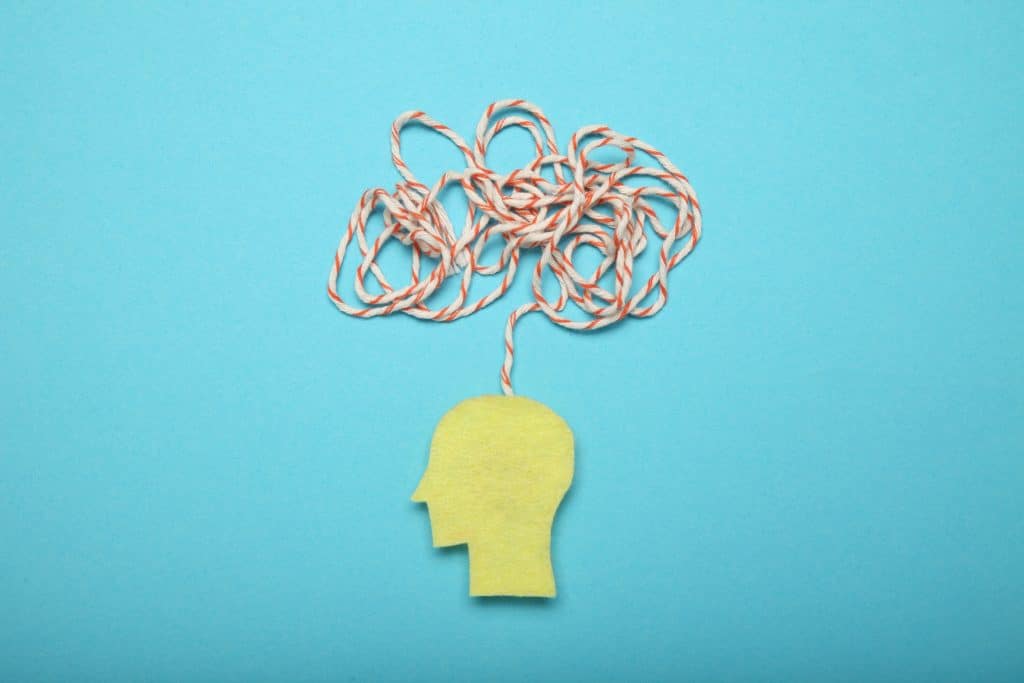
Key Takeaways: Can Kratom Help With ADHD?
Kratom is not an approved treatment option for ADHD, but many people report using it successfully to alleviate symptoms of the condition and improve their ability to focus.
Generally speaking, white-vein and green-vein kratom strains are best for treating ADHD because of their stimulating nature. Red vein kratom can work too, but it is more likely to lead to feelings of sedation or relaxation — which isn’t going to do you any favors when it comes to staying focused and motivated.
If you’ve been diagnosed with ADD or ADHD and want to give kratom a try, speak with your doctor first — especially if you’re using prescription medications.
Never give a child with ADHD kratom for any reason — this herb is for adults only.
- Volkow, N. D., Wang, G. J., Kollins, S. H., Wigal, T. L., Newcorn, J. H., Telang, F., … & Swanson, J. M. (2009). Evaluating dopamine reward pathway in ADHD: clinical implications. Jama, 302(10), 1084-1091.
- Stolt, A. C., Schröder, H., Neurath, H., Grecksch, G., Höllt, V., Meyer, M. R., … & Becker, A. (2014). Behavioral and neurochemical characterization of kratom (Mitragyna speciosa) extract. Psychopharmacology, 231(1), 13-25.
- Banerjee, E., & Nandagopal, K. (2015). Does serotonin deficit mediate susceptibility to ADHD?. Neurochemistry international, 82, 52-68.
- Johnson, L. E., Balyan, L., Magdalany, A., Saeed, F., Salinas, R., Wallace, S., … & Grundmann, O. (2020). Focus: Plant-based Medicine and Pharmacology: The Potential for Kratom as an Antidepressant and Antipsychotic. The Yale Journal of Biology and Medicine, 93(2), 283.
- Thapar, A., & Stergiakouli, E. (2008). An Overview on the Genetics of ADHD. Xin li xue bao. Acta Psychologica Sinica, 40(10), 1088.
- Blum, K., Chen, A. L. C., Braverman, E. R., Comings, D. E., Chen, T. J., Arcuri, V., … & Oscar-Berman, M. (2008). Attention-deficit-hyperactivity disorder and reward deficiency syndrome. Neuropsychiatric disease and treatment.
- Arias-Carrión, O., Stamelou, M., Murillo-Rodríguez, E., Menéndez-González, M., & Pöppel, E. (2010). Dopaminergic reward system: a short integrative review. International archives of medicine, 3(1), 1-6.


